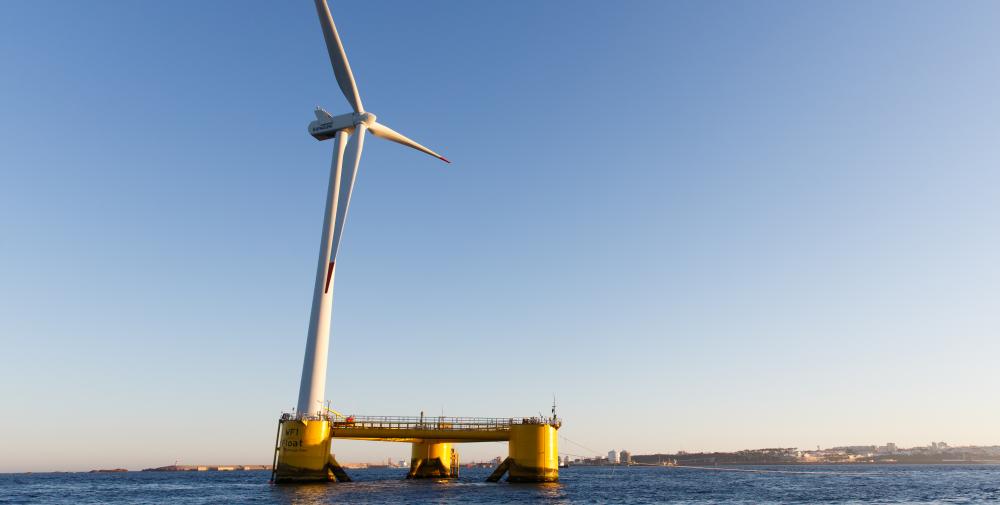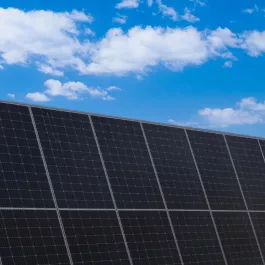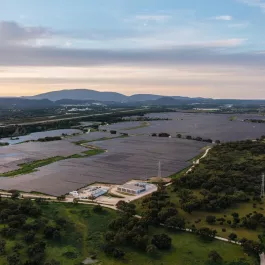
Windfloat project's first floating wind tower is already being carried offshore

The platform left the port of Ferrol in northern Spain towards its final location along Viana do Castelo. The park will have three floating wind towers and is being developed by the Windplus consortium.
The first floating platform of the Windfloat Atlantic project is already being transported from the port of Ferrol, in Spain, to the location where the first floating European wind farm will be installed, 20 kilometers off the coast of Viana do Castelo. The sea voyage will last three days. Once installed and ready to go into operation, the three floating structures will be 30 meters high and 50 meters apart.
The structure is made up of a floating platform on which a wind tower rests, the largest installed on such a surface to date. In the coming months, the two other platforms will also be transported to their final location to complete the wind farm, which will have an installed capacity of 25MW, capable of producing enough electricity to supply about 60,000 homes per year.
About Windfloat Atlantic
The project is being carried out by the Windplus consortium, which includes EDP Renováveis (54.4%), Engie (25%), Repsol (19.4%) and Principle Power Inc. (1.2%). The park will have three wind turbines based on floating structures, which are only held by currents to the seabed, about 100 meters deep.
Windfloat Atlantic includes state-of-the-art technology that minimizes environmental impact and enables the production of deep-sea offshore wind power such as the Portuguese coast. This technology has broad benefits that increase its accessibility and improve its cost-effectiveness, including the ability to mount it on a dry dock, without the need for specialized trailers. It also has the benefit of not relying on the complex operations that are required to install traditional fixed base structures in offshore wind farms.
Transporting the first of the three structures that make up the park is an important milestone in this project, as it has avoided the need to have a tug specifically built for this project. This benefit, in addition to the simple anchoring process, makes it possible to replicate this initiative in other geographical areas and facilitates the commissioning phase of a similar project, regardless of geographical boundaries.
Windfloat can support the largest wind turbines available on the market of almost 9MW each, helping to increase renewable energy production and significantly reducing costs.
Two of the platforms were manufactured at the port of Setúbal, in Portugal, and the third at the ports of Avilés and Ferrol, in Spain. Windfloat Atlantic is supported by public and private institutions, which encourage leading companies in their markets to participate in this project. The Portuguese government, the European Commission and the European Investment Bank provided financial support to the wind farm.
Windfloat Atlantic is based on the success of the WindFloat1 prototype, which has been testing on the high seas from 2011 to 2016. The 2MW prototype was able to continuously generate renewable energy for five years, surviving extreme weather conditions that included waves of up to 17 meters and winds of 60 knots.
Partners who made this project possible, include Principle Power, the joint venture created by Navantia and Windar, the A-Silva Matos group, Bourbon, wind turbine supplier MHI Vestas and JDR Cables.


